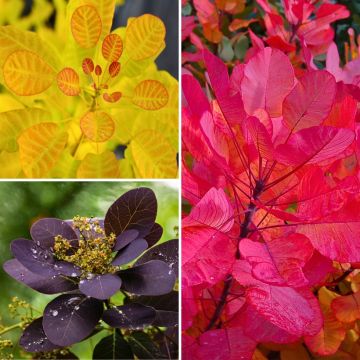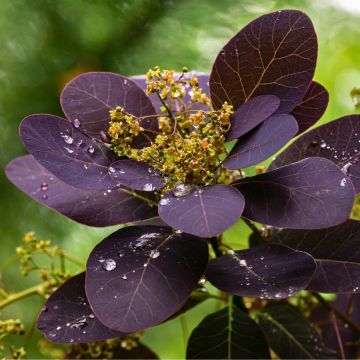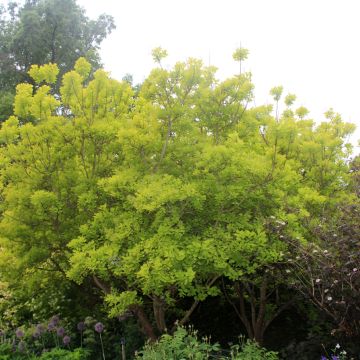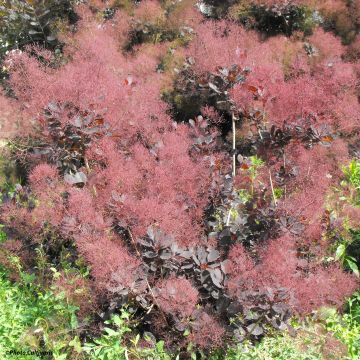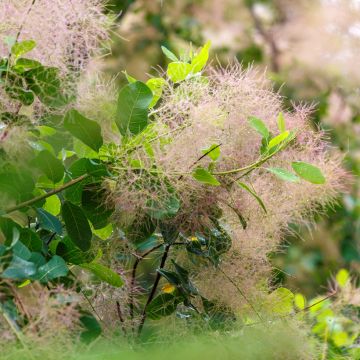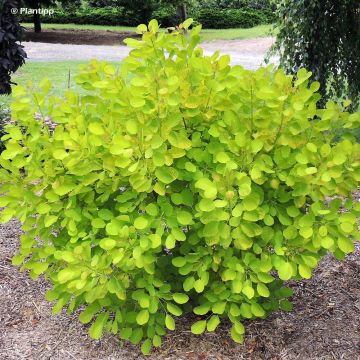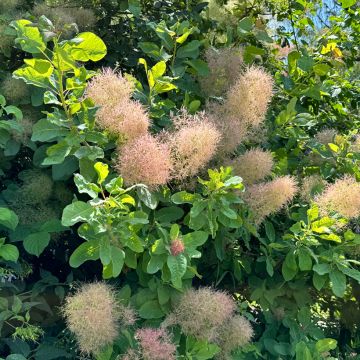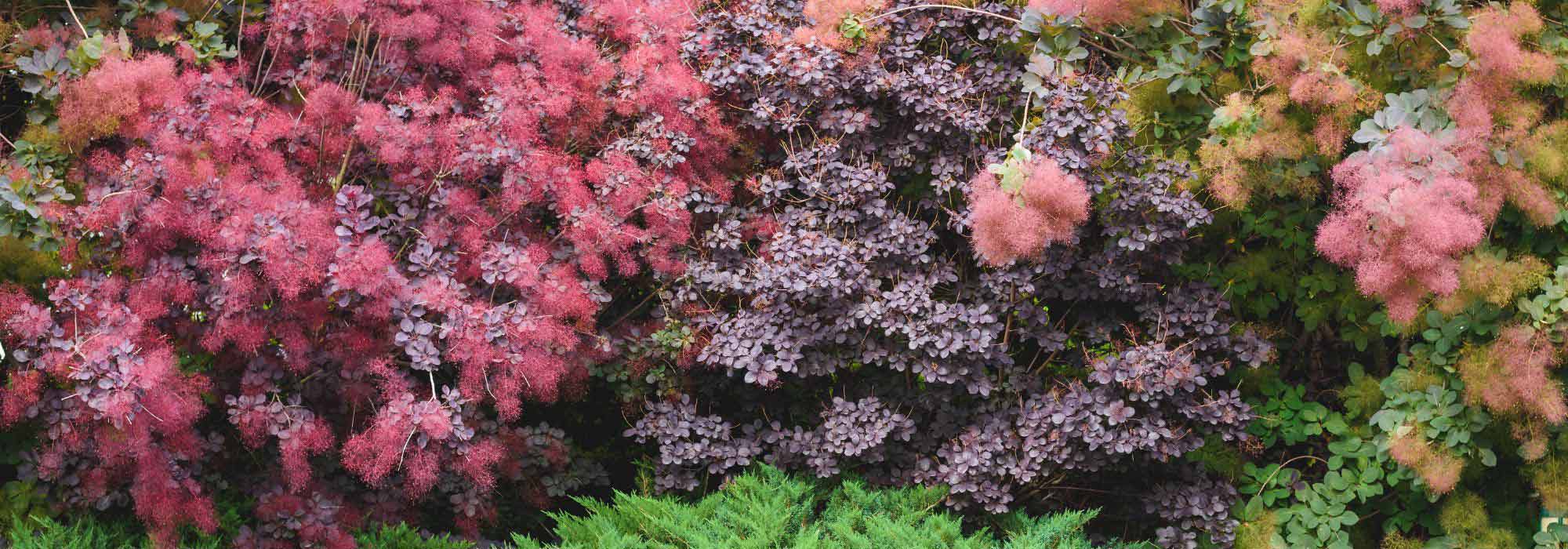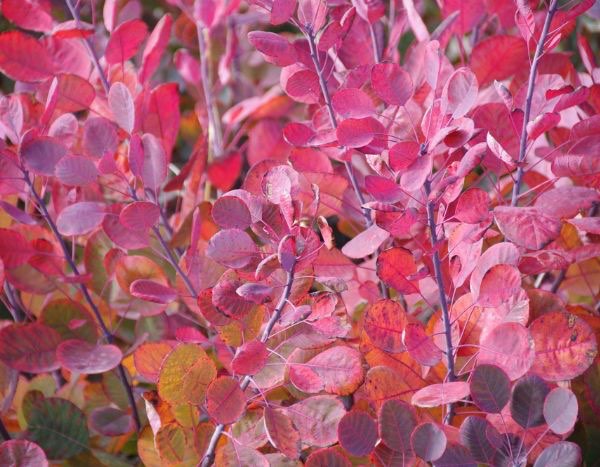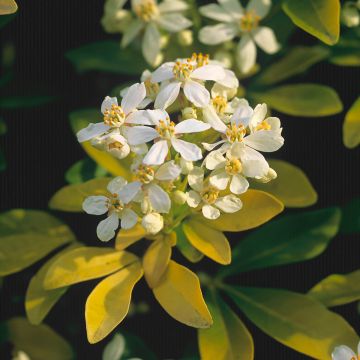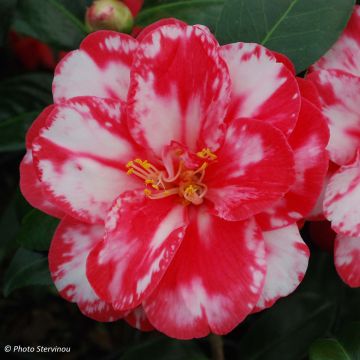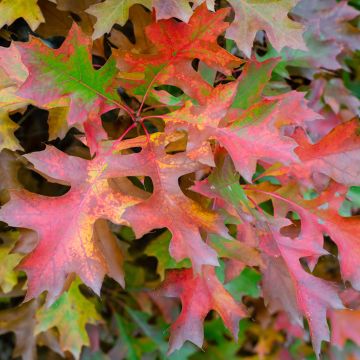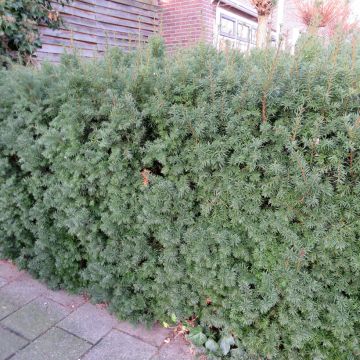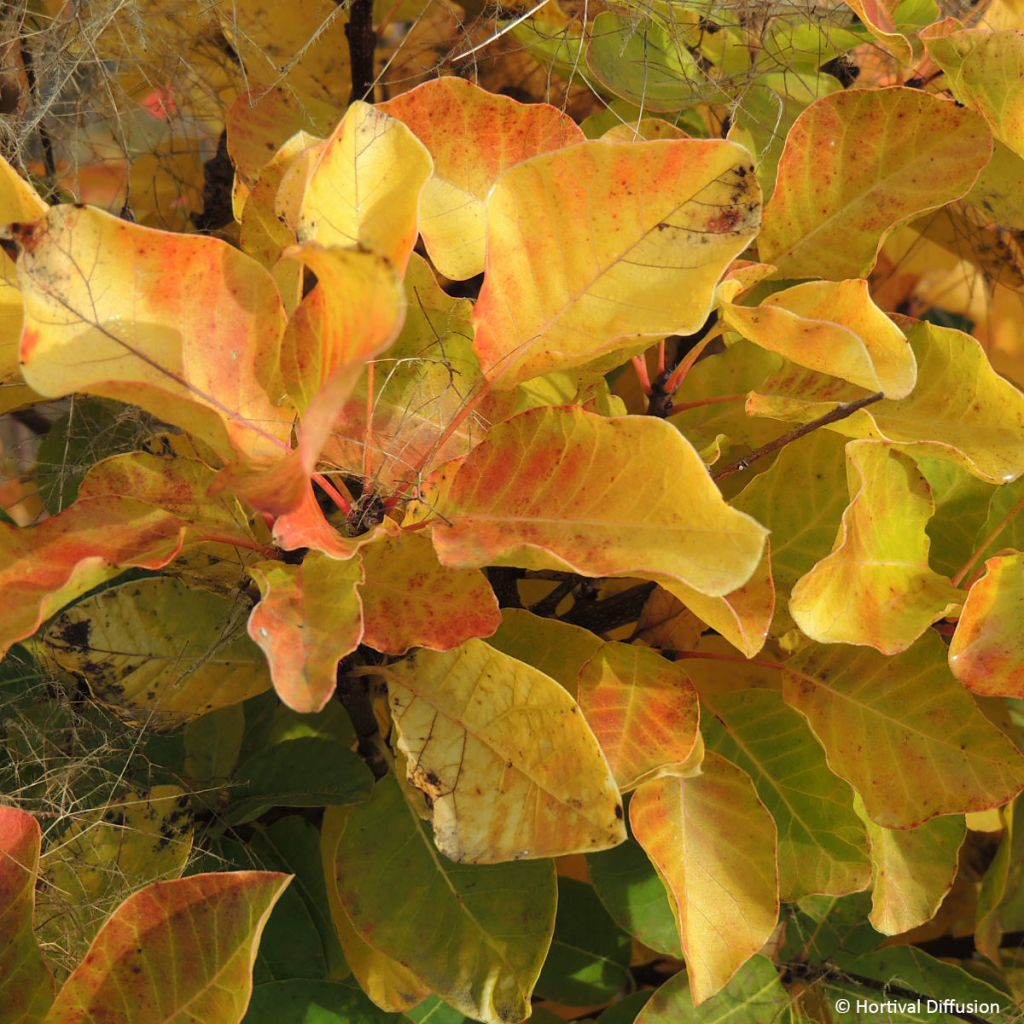

Cotinus coggygria Lemon Lady - Smoke Bush
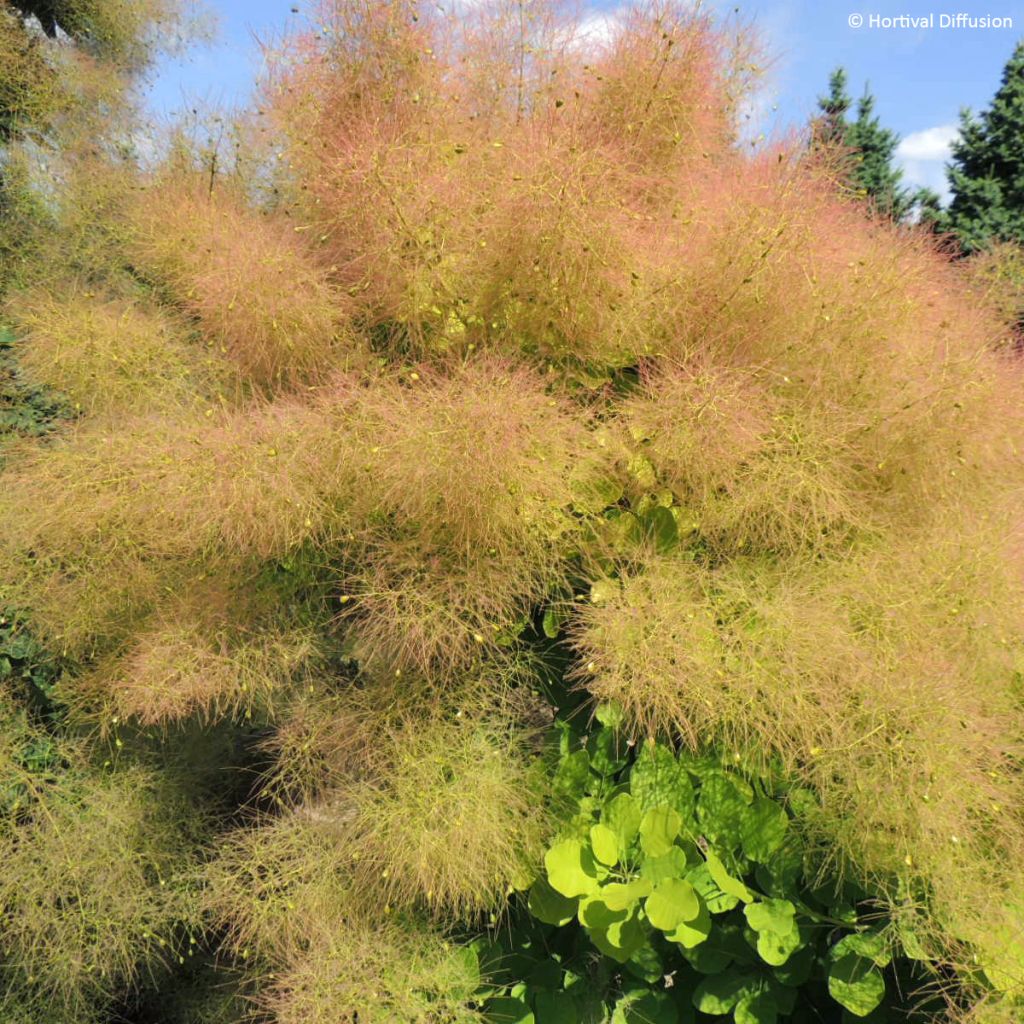

Cotinus coggygria Lemon Lady - Smoke Bush
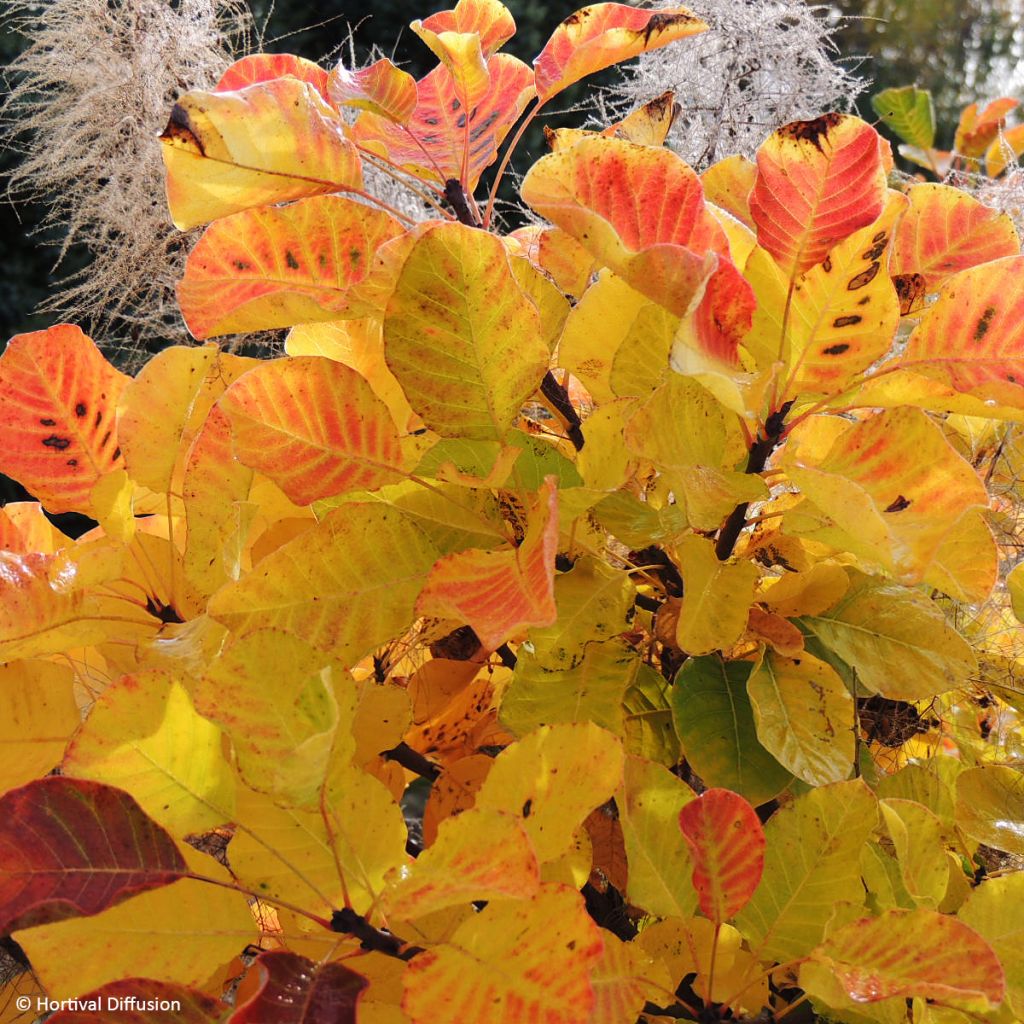

Cotinus coggygria Lemon Lady - Smoke Bush
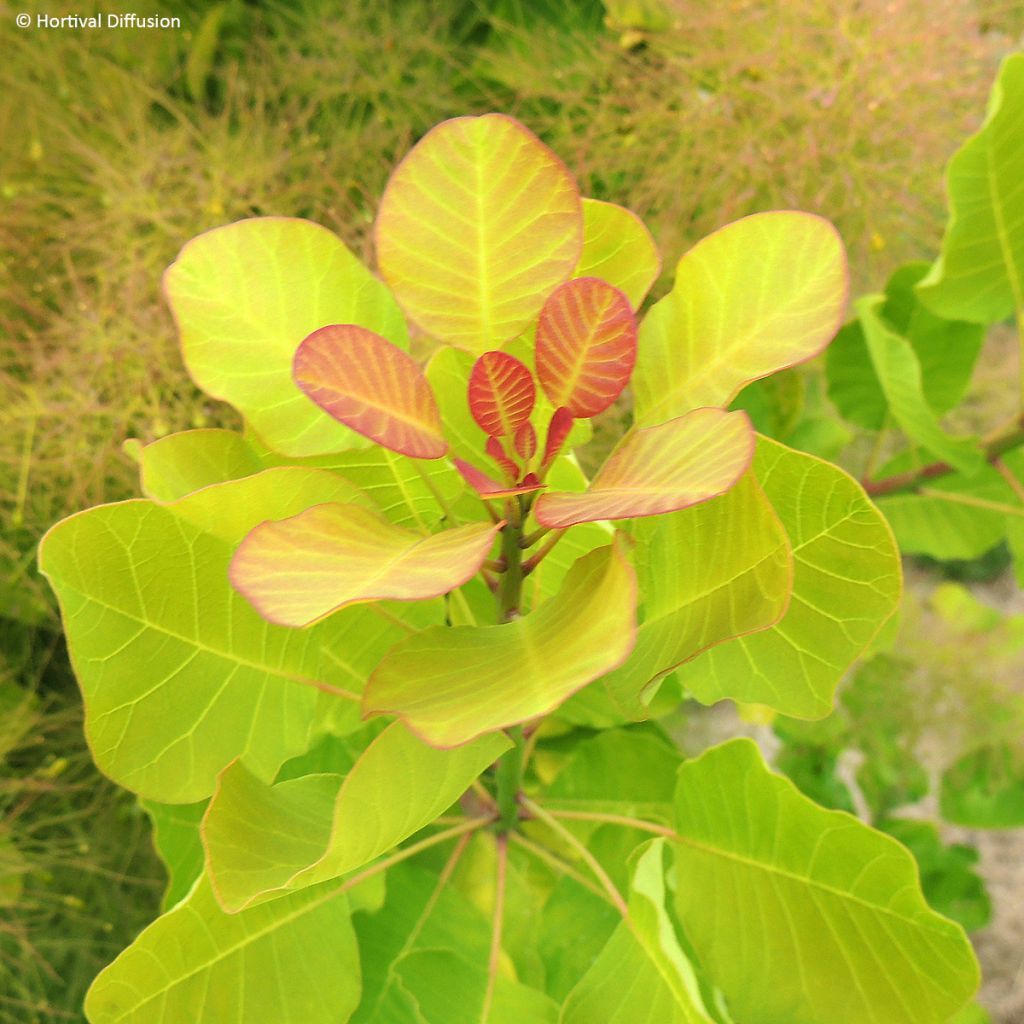

Cotinus coggygria Lemon Lady - Smoke Bush
Cotinus coggygria Lemon Lady - Smoke Bush
Cotinus coggygria 'Mincolem04' Lemon Lady®
Smoke Bush, European Smoke Tree, Venetian Sumach, Dyer's Sumach
Special offer!
Receive a €20 voucher for any order over €90 (excluding delivery costs, credit notes, and plastic-free options)!
1- Add your favorite plants to your cart.
2- Once you have reached €90, confirm your order (you can even choose the delivery date!).
3- As soon as your order is shipped, you will receive an email containing your voucher code, valid for 3 months (90 days).
Your voucher is unique and can only be used once, for any order with a minimum value of €20, excluding delivery costs.
Can be combined with other current offers, non-divisible and non-refundable.
Home or relay delivery (depending on size and destination)
Schedule delivery date,
and select date in basket
This plant carries a 24 months recovery warranty
More information
We guarantee the quality of our plants for a full growing cycle, and will replace at our expense any plant that fails to recover under normal climatic and planting conditions.
Would this plant suit my garden?
Set up your Plantfit profile →
Description
Cotinus coggygria 'Golden Lady' is a brand new variety of bush, with changing foliage, a very round and compact habit, and erect and vigorous stems. This deciduous bush is ornamental from spring to autumn, transitioning from yellow-orange to golden yellow in summer, then igniting again, draped in its most beautiful orange vegetation at the end of the season. Robust and easy to grow and essential for adding colour to the garden, it adapts to all types of soil, even dry and heavy or chalky, as well as container cultivation.
The Cotinus coggygria, also known as smoke bush, is from the family Anacardiaceae, native to southern Europe and Asia. In nature, it grows on rocky slopes, on poor soils and in dry climates. The 'Golden Lady' variety, obtained in 2016 by Minier Nurseries, stands out for its compact and round habit and its foliage, which is golden in summer. It reaches an average height of 2m (6 ft 7 in) in all directions at maturity. In June, Cotinus coggygria 'Golden Lady' forms panicles of small yellow-green flowers, whose pedicels elongate to form a long panicle of fruit covered in hairs: the inflorescence then takes on a pale pinkish, smoky, feathery appearance, which earned this species its name of smoke bush. Its deciduous, oval leaves, measuring 6-8cm (2.4-3.1 in) in length, appear from April, in a yellow-orange colour, and change colour throughout the season. In autumn, the panicles and foliage take on sumptuous colours, ranging from golden yellow to orange, and even some salmon pink tones.
Easy to grow, Cotinus 'Golden Lady' appreciates well-drained, poor, light, and chalky soils. Once established, it withstands drought but doesn't tolerate excessive humidity in winter well, especially in heavy soils. Like deciduous euonymus, it is very useful for brightening up informal hedges or evergreen shrub borders such as boxwoods or cherry laurels. Its association with the purple or bronze foliage of physocarpus is superb. Also cultivate this cotinus in a large pot on a terrace, or in a large rockery, in the company of catmints, lamb's ears, lavenders, rosemarys and Russian sages.
Plant habit
Flowering
Foliage
Botanical data
Cotinus
coggygria
'Mincolem04' Lemon Lady®
Anacardiaceae
Smoke Bush, European Smoke Tree, Venetian Sumach, Dyer's Sumach
Rhus cotinus
Cultivar or hybrid
Other Cotinus - Smokebush
View all →Planting and care
Cotinus coggygria 'Golden Lady' is best grown in well-drained, poor and light soil. It tolerates limestone and clayey soils in a dry climate. It does not tolerate acidic soils well, or soils that are both compact and waterlogged in winter. This bush is very well adapted to drought and summer heat. It prefers the sun but can tolerate partial shade, where its foliage may be slightly less vibrant.
Planting period
Intended location
Care
Planting & care advice
This item has not been reviewed yet - be the first to leave a review about it.
Similar products
Haven't found what you were looking for?
Hardiness is the lowest winter temperature a plant can endure without suffering serious damage or even dying. However, hardiness is affected by location (a sheltered area, such as a patio), protection (winter cover) and soil type (hardiness is improved by well-drained soil).

Photo Sharing Terms & Conditions
In order to encourage gardeners to interact and share their experiences, Promesse de fleurs offers various media enabling content to be uploaded onto its Site - in particular via the ‘Photo sharing’ module.
The User agrees to refrain from:
- Posting any content that is illegal, prejudicial, insulting, racist, inciteful to hatred, revisionist, contrary to public decency, that infringes on privacy or on the privacy rights of third parties, in particular the publicity rights of persons and goods, intellectual property rights, or the right to privacy.
- Submitting content on behalf of a third party;
- Impersonate the identity of a third party and/or publish any personal information about a third party;
In general, the User undertakes to refrain from any unethical behaviour.
All Content (in particular text, comments, files, images, photos, videos, creative works, etc.), which may be subject to property or intellectual property rights, image or other private rights, shall remain the property of the User, subject to the limited rights granted by the terms of the licence granted by Promesse de fleurs as stated below. Users are at liberty to publish or not to publish such Content on the Site, notably via the ‘Photo Sharing’ facility, and accept that this Content shall be made public and freely accessible, notably on the Internet.
Users further acknowledge, undertake to have ,and guarantee that they hold all necessary rights and permissions to publish such material on the Site, in particular with regard to the legislation in force pertaining to any privacy, property, intellectual property, image, or contractual rights, or rights of any other nature. By publishing such Content on the Site, Users acknowledge accepting full liability as publishers of the Content within the meaning of the law, and grant Promesse de fleurs, free of charge, an inclusive, worldwide licence for the said Content for the entire duration of its publication, including all reproduction, representation, up/downloading, displaying, performing, transmission, and storage rights.
Users also grant permission for their name to be linked to the Content and accept that this link may not always be made available.
By engaging in posting material, Users consent to their Content becoming automatically accessible on the Internet, in particular on other sites and/or blogs and/or web pages of the Promesse de fleurs site, including in particular social pages and the Promesse de fleurs catalogue.
Users may secure the removal of entrusted content free of charge by issuing a simple request via our contact form.
The flowering period indicated on our website applies to countries and regions located in USDA zone 8 (France, the United Kingdom, Ireland, the Netherlands, etc.)
It will vary according to where you live:
- In zones 9 to 10 (Italy, Spain, Greece, etc.), flowering will occur about 2 to 4 weeks earlier.
- In zones 6 to 7 (Germany, Poland, Slovenia, and lower mountainous regions), flowering will be delayed by 2 to 3 weeks.
- In zone 5 (Central Europe, Scandinavia), blooming will be delayed by 3 to 5 weeks.
In temperate climates, pruning of spring-flowering shrubs (forsythia, spireas, etc.) should be done just after flowering.
Pruning of summer-flowering shrubs (Indian Lilac, Perovskia, etc.) can be done in winter or spring.
In cold regions as well as with frost-sensitive plants, avoid pruning too early when severe frosts may still occur.
The planting period indicated on our website applies to countries and regions located in USDA zone 8 (France, United Kingdom, Ireland, Netherlands).
It will vary according to where you live:
- In Mediterranean zones (Marseille, Madrid, Milan, etc.), autumn and winter are the best planting periods.
- In continental zones (Strasbourg, Munich, Vienna, etc.), delay planting by 2 to 3 weeks in spring and bring it forward by 2 to 4 weeks in autumn.
- In mountainous regions (the Alps, Pyrenees, Carpathians, etc.), it is best to plant in late spring (May-June) or late summer (August-September).
The harvesting period indicated on our website applies to countries and regions in USDA zone 8 (France, England, Ireland, the Netherlands).
In colder areas (Scandinavia, Poland, Austria...) fruit and vegetable harvests are likely to be delayed by 3-4 weeks.
In warmer areas (Italy, Spain, Greece, etc.), harvesting will probably take place earlier, depending on weather conditions.
The sowing periods indicated on our website apply to countries and regions within USDA Zone 8 (France, UK, Ireland, Netherlands).
In colder areas (Scandinavia, Poland, Austria...), delay any outdoor sowing by 3-4 weeks, or sow under glass.
In warmer climes (Italy, Spain, Greece, etc.), bring outdoor sowing forward by a few weeks.































